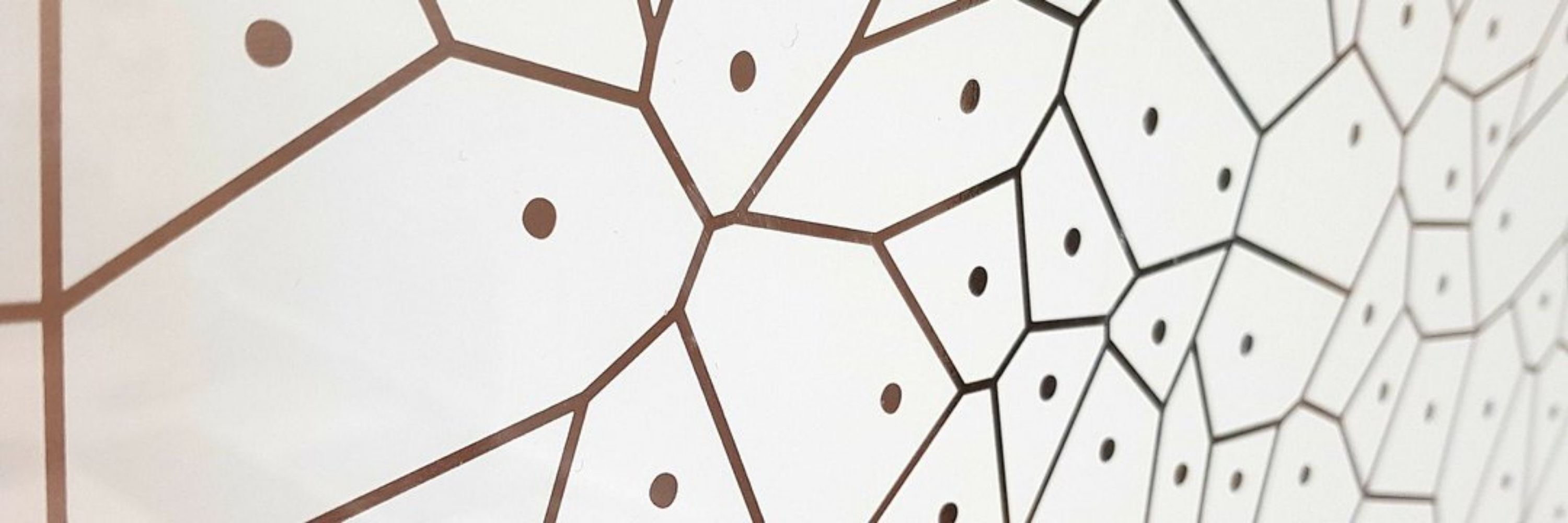
https://www.ous-research.no/home/stenmark/Group%20members/16509
For more details and to apply please see
www.imperial.ac.uk/jobs/search-...

For more details and to apply please see
www.imperial.ac.uk/jobs/search-...
Interested in lysosomes, Parkinson’s disease, cell biology, microscopy — or all of the above? Come work with us at the Bonet-Ponce Lab!
Reach out directly: luis.bonetponce@osumc.edu
Learn more: bonetponcelab.com
Let’s chat!
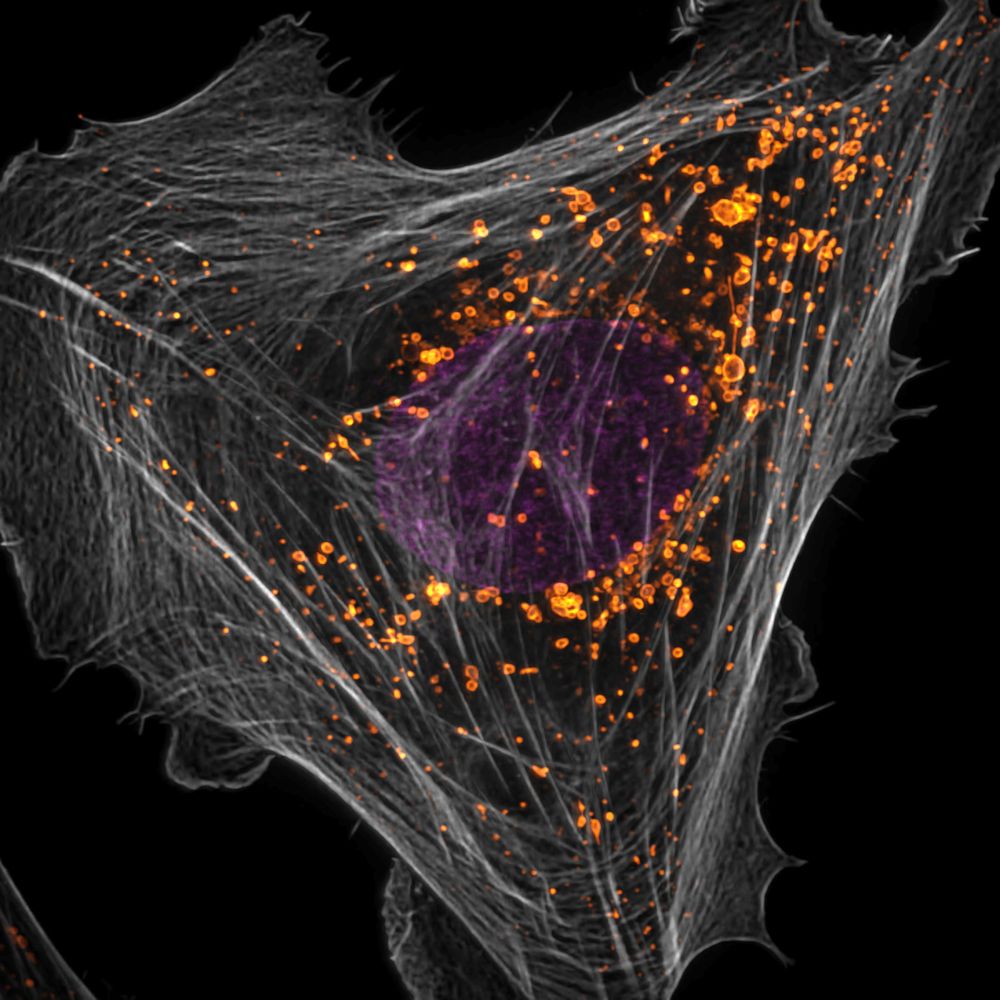

Interested in lysosomes, Parkinson’s disease, cell biology, microscopy — or all of the above? Come work with us at the Bonet-Ponce Lab!
Reach out directly: luis.bonetponce@osumc.edu
Learn more: bonetponcelab.com
Let’s chat!
www.nature.com/articles/s41...

www.nature.com/articles/s41...
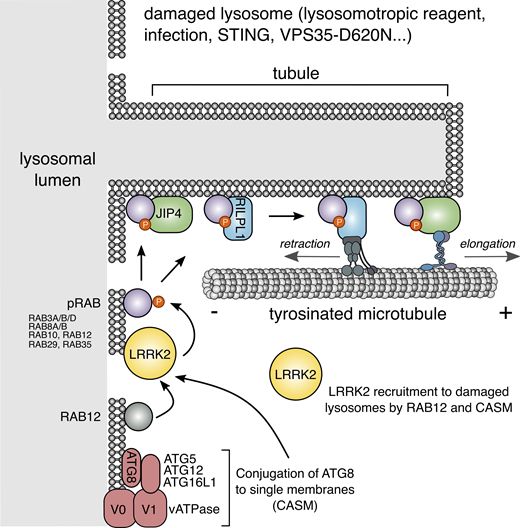


go.nature.com/4mmSygd

go.nature.com/4mmSygd
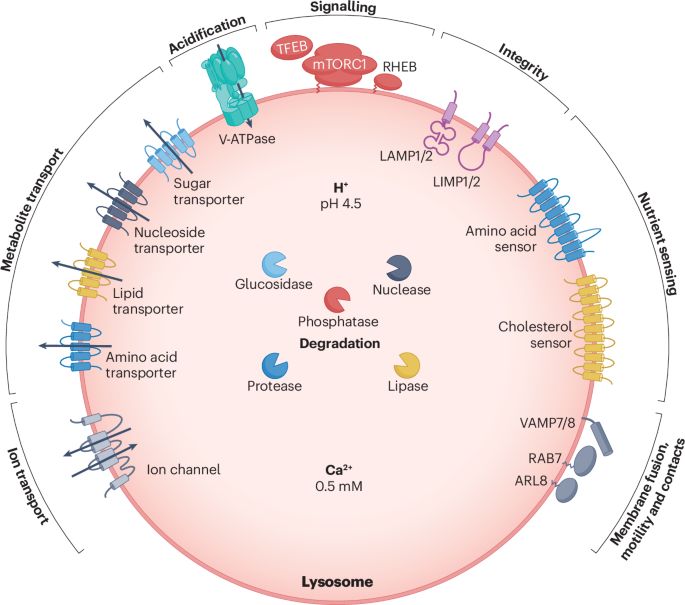
meetings.embo.org/event/26-org...
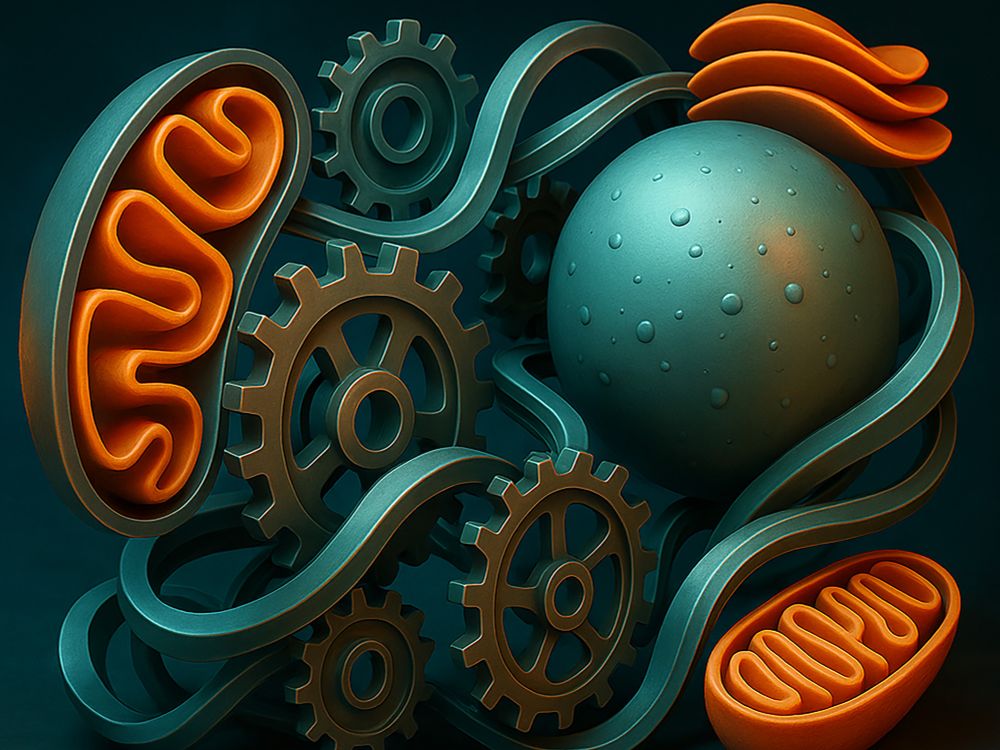
meetings.embo.org/event/26-org...




